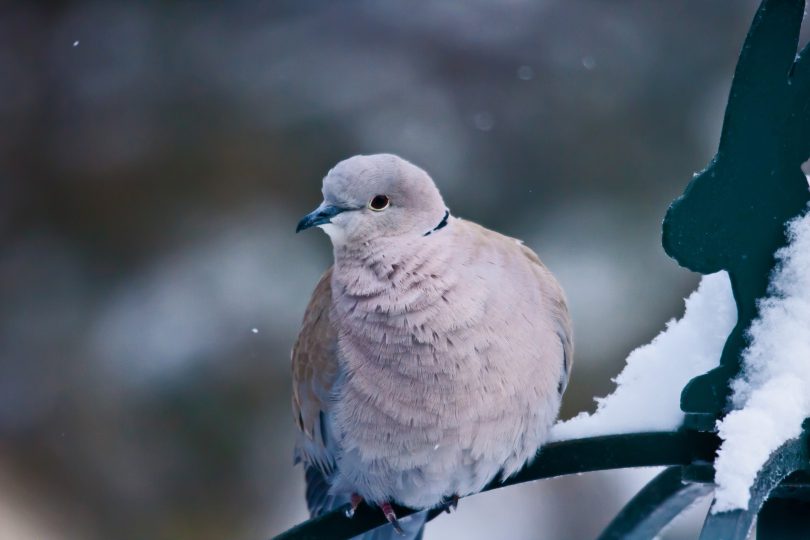By Dennis Smith
We have a love/hate relationship with the pine trees in our backyard. There are only three of them, but they’re nearly 40 feet tall and over the years have grown together so tightly you can’t tell where the branches of one end and the others begin. Every spring, they release obnoxious clouds of sulphur-colored pollen that make our eyes water and our noses run and it coats everything in sight with a film of sticky, yellow dust for weeks on end. Yuck.
The pines bury the yard, deck and patio under an ugly brown blanket of dead needles. They clog the gutters with their never-ending barrage of pine cones, needles and worm-like flower pods that decompose into clots of fetid unless I physically remove them every few weeks. It’s a horribly messy job at best and potentially dangerous. Running up and down the ladder with a hose in my hand at my age is no joy, that’s for sure. I despise cleaning the gutters and, consequently, curse those trees several times a year.
On the other hand, their tightly woven branches make an effective shelter belt. They block snow in the winter, provide much appreciated shade in summer and attract a variety of wildlife throughout the year. The critters love them. Nuthatches, northern flickers and downy woodpeckers flit and feed through them all year long. Chickadees nest in them. So do mourning doves and robins. Blue jays, juncos, sparrows and finches glean the forest duff beneath their branches for insects, seeds and other bird groceries. Great horned owls nest in them occasionally. A red fox bedded under them for a couple of winters. Squirrels, of course, are daily visitors all year long.
In recent years, though, increasing numbers of Eurasian collared doves began to hang out in our pines. Not good. About half as large as mourning doves, Eurasians have a pinkish buff-colored body, white underwings, banded fan tails and that namesake black collar across the back of their necks. They’re not unattractive looking birds, but they have arrogantly aggressive dispositions and a harsh, offensive call that sounds more like a growling raccoon than any bird you ever heard. They drove off our mourning doves, bully all the other birds at our feeders and festoon our lawn furniture with their nasty droppings.
We’re not the only ones who don’t like them. Accidentally introduced to the continental United States in 1980, their numbers exploded to the point where they threaten our native populations of mourning doves and white-winged doves. Wildlife agencies across the country declared them an invasive species and moved to reduce their numbers by any means available.
Colorado Parks and Wildlife encourages hunting them all year long with no restrictions on bag limits. If Eurasian doves have any redeeming value, it’s that they taste pretty good stuffed with jalapeno cream cheese, wrapped in bacon and grilled over mesquite coals. Oh, and they might just drive me to replace those blasted pine trees with some nice shrubs.

